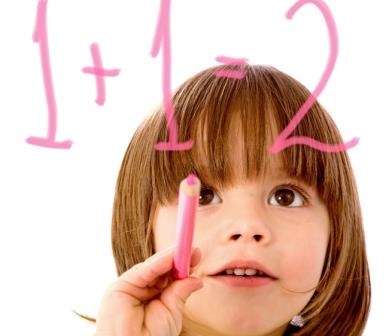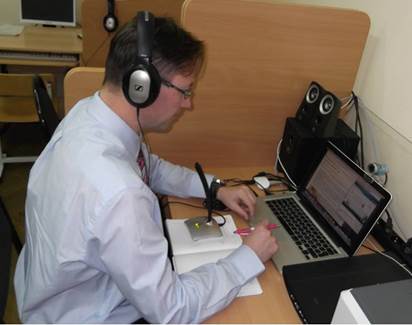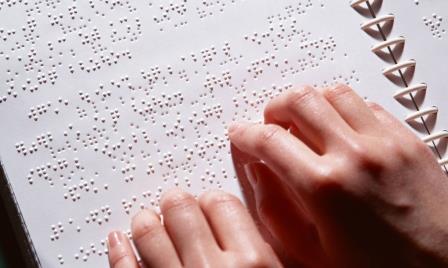Sukhorukov A., Petrov P. CREATIVE SELF-REALIZATION AND DYNAMICS OF INTERNAL AND EXTERNAL MOTIVATION IN SCHOOLCHILDREN: REPRESENTATIONS OF PARENTS. LIFELONG EDUCATION: The 21st Century.
2024. № 1 (45).
DOI: 10.15393/j5.art.2024.9189
CREATIVE SELF-REALIZATION AND DYNAMICS OF INTERNAL AND EXTERNAL MOTIVATION IN SCHOOLCHILDREN: REPRESENTATIONS OF PARENTS
 | | Sukhorukov Andrey S.
PhD in Psychological Sciences
Foundation for Support of Innovative Projects «New Dimension»
(Petrozavodsk, Russian Federation)
suhorand@mail.ru |
 | | Petrov Pavel V.
Expert specialist, Psychologist
Karelian Resource Center for Development of Social Technologies
(Petrozavodsk, Russian Federation)
petropal@yandex.ru |
Keywords:
creativity; creative self-realization; life strategy; internal motivation; external motivation. |
Abstract: motivation is most often considered as a key factor of creative self-realization. However, the factors contributing to the formation of a life strategy for creative self-realization in childhood, adolescence and adolescence are rarely studied. The article develops a hypothesis about the development of motivation for creative self-realization as an interaction of factors of internal and external motivation, leading to their mutually enriching integration. A survey of 200 parents of children aged 7 to 20 years showed that creative self-realization as a key result of education and upbringing of children is significant for 51 % of respondents. 68 % of parents consider it equally important to support both external and internal motivation. Parents who consider creative self-realization as a key result of education and upbringing of children are also focused on the development of both external and internal motivation of children, although they pay higher attention to the latter of them. There are three periods in school age. The first is before the age of 12, when, according to parents, 71 % of primary school children's internal motivation is strongly influenced by the «challenge of integration», which leads to both an increase in the proportion of children with good development of both types of motivation (22,2 %) and the proportion of «demotivated» children (11,1 %). At 13‒14 years of age There is a «reverse jump» to 70.8 % of the leadership of internal motivation or the leadership of external motivation (12,5 %). At the age of 15‒18, there is an increased impact of external motivation, as a result, according to parents, by the age of 19‒20, internal and external motivation is equally good in 40 % of their children (parents considering creative self-realization as a key result of education and upbringing of children, 44,4 %; on average, for all ages, the proportion of children with good development of internal and external motivation is 20,5 %); The proportion of children with leading external motivation also reaches a maximum (25 %).
|
Paper submitted on: 09/13/2023; Accepted on: 02/06/2024; Published online on: 03/21/2024.
References
- Creativity: from biological foundations to social and cultural phenomena. Moscow, 2011. 736 p. (In Russ.)
- Maslou A. Motivation and personality. Sankt-Petersburg, 2019. 400 p. (In Russ.)
- Florida R. Creative class: people who are changing the future. Moscow, 2005. 421 p. (In Russ.)
- Suhorukov A. S., Lunina E. N., Vaskelainen V. Ya. The era of creativity. [N. p.], 2021. 140 p. (In Russ.)
- Rubinshtein S. L. The principle of creative self-activity (to the philosophical foundations of modern pedagogy). Voprosy psihologii [Questions of psychology]. 1986. No. 4. P. 101‒108. (In Russ.)
- Ponomarev Ya. A. Prospects for the development of the psychology of creativity. Psychology of creativity: the school of Ya. A. Ponomarev. Moscow, 2006. P. 145‒276. (In Russ.)
- Bogoyavlenskaya D. B. Intellectual activity as a psychological aspect of the study of creativity. Research of problems of psychology of creativity. Moscow, 1983. P. 182‒195. (In Russ.)
- Varlamova E. P., Stepanov S. Y. Psychology of creative uniqueness of a person. Moscow, 2002. 256 p. (In Russ.)
- Abulhanova-Slavskaya K. A. Life Strategy. Moscow, 1991. 299 p. (In Russ.)
- Gordeeva T. O. Motivation of creative activity. Creativity: from biological foundations to social and cultural phenomena. Moscow, 2011. P. 331‒359. (In Russ.)
- Hekhauzen H. Motivation and activity. Moscow, 2003. 860 p. (In Russ.)
- Kon A. Punishment is a reward. What's wrong with school grades, motivation systems, praise and other bribes. Moscow, 2017. 359 p. (In Russ.)
- Gordeeva T. O. Motivation: new approaches, diagnostics, practical recommendations. Sibirskiyi psihologicheskiyi szurnal [Siberian Psychological Journal]. 2016. No. 62. P. 38‒53. DOI: 10.17223/17267080/62/4 (In Russ.)
- Csikszentmihalyi M. Creativity. Psychology of discoveries and inventions. Moscow, 2017. 528 p. (In Russ.)
- Leontiev D. A. Psychology of meaning: the nature, structure and dynamics of semantic reality. Moscow, 1999. 487 p. (In Russ.)
- Stepanov S. Yu. Reflexive practice of creative development of a person and organizations. Moscow, 2000. 174 p. (In Russ.)
- Soboleva Yu. Why a lot of people are not working in their specialty in 2023: statistics and the main reasons [Electronic resource]. UchisOnlain.ru [LearnOnline.ru]. Electron. dan. URL: https://uchis-online.ru/blog/professii/pochemu-ludi-rabotayut-ne-po-spetsialnosti (date of acсess 08.08.2023).
- Elkonin D. B. Selected psychological works. Moscow, 1989. 560 p. (In Russ.)
- Petrovskiy A. V. The problem of personality development from the standpoint of social psychology. Voprosy psihologii [Questions of psychology]. 1984. No. 4. P. 15‒29. (In Russ.)
Displays: 880; Downloads: 311;
DOI:
http://dx.doi.org/10.15393/j5.art.2024.9189













